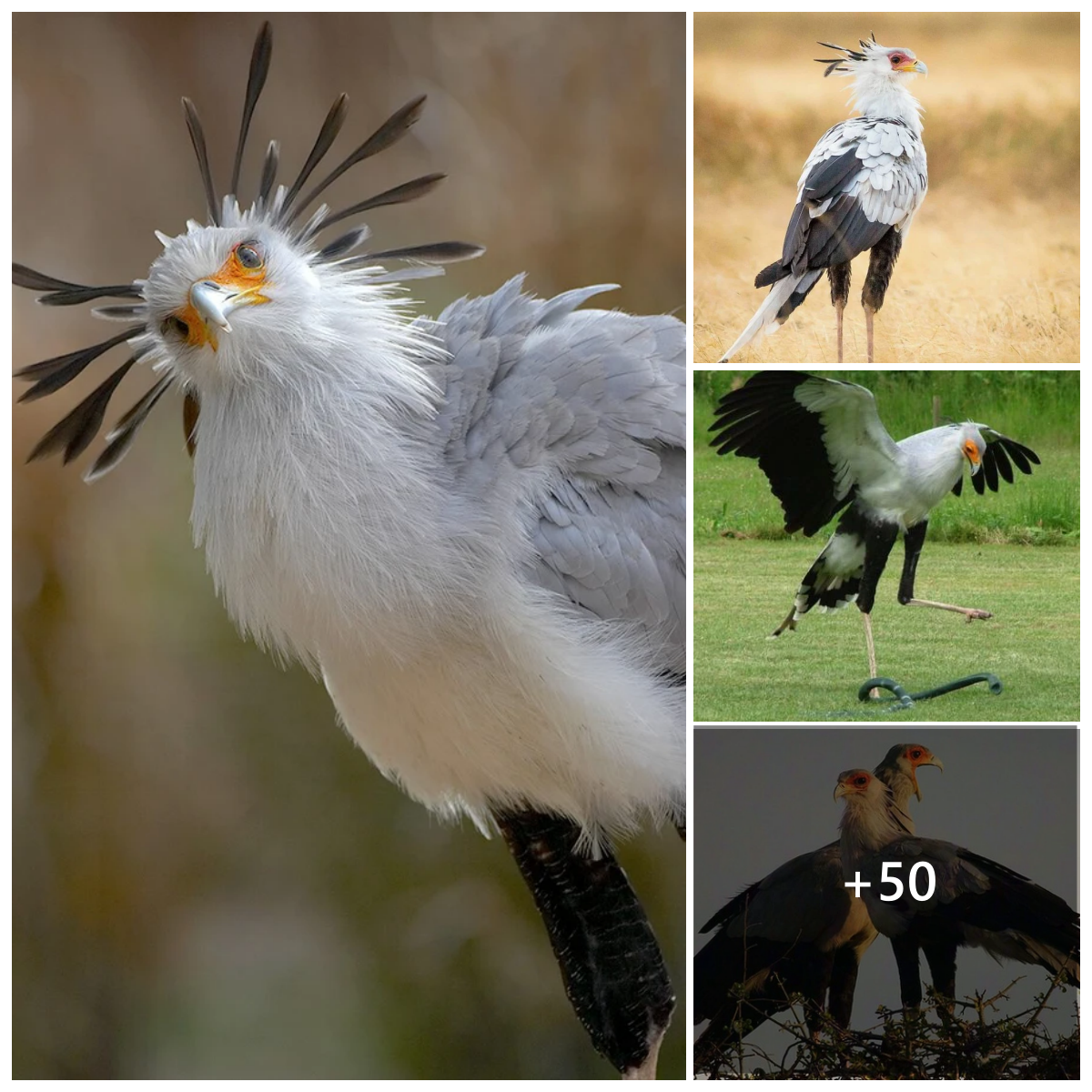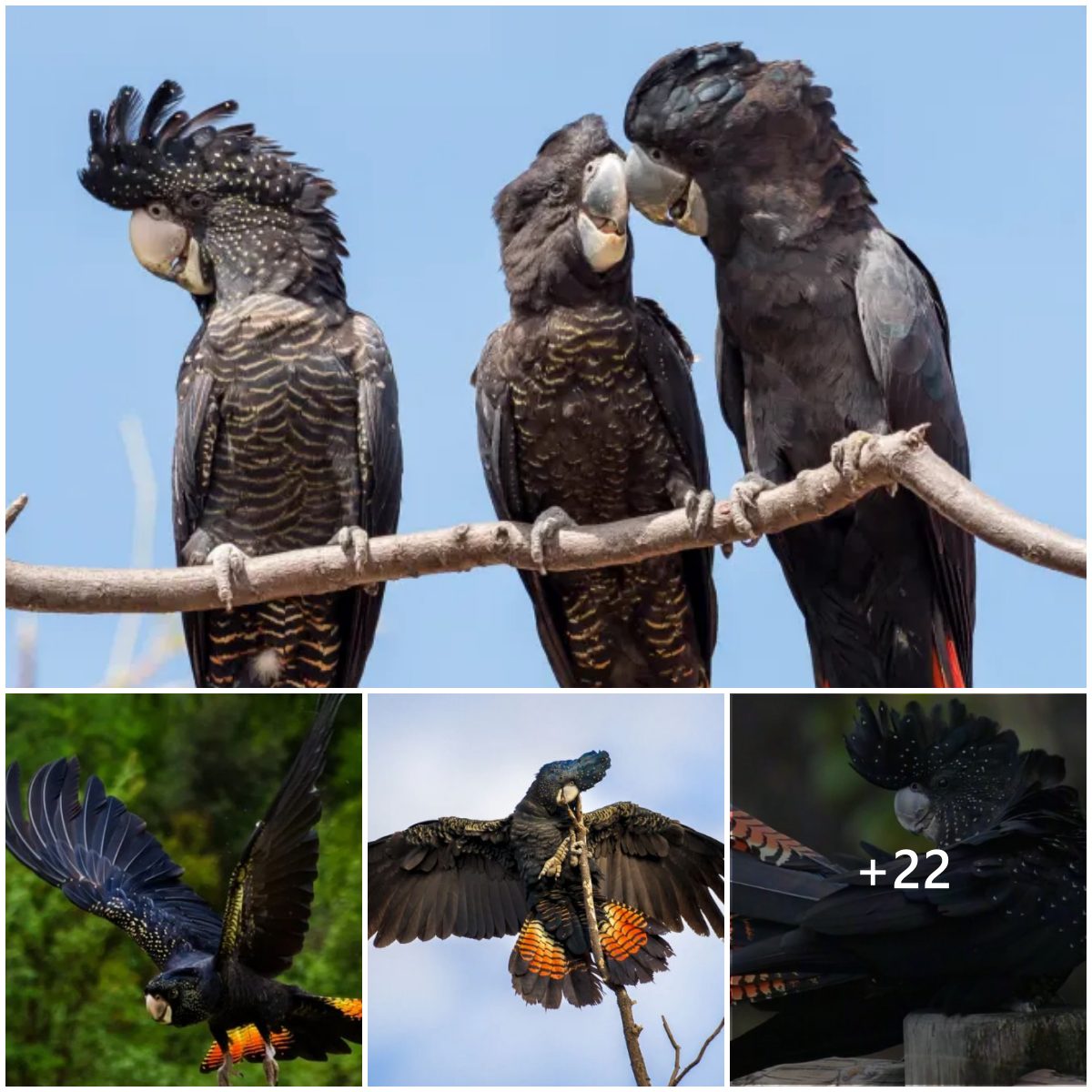
High above the dense rainforests of Central and South America soars a majestic bird that commands attention with its extraordinary presence—the King Vulture. With its regal appearance and distinctive features, this remarkable creature is truly a monarch of the avian world.


The King Vulture is a sight to behold, adorned with a striking plumage that combines contrasting colors in a display of nature’s artistry. Its large wingspan, stretching up to six feet, allows it to glide effortlessly through the sky, catching the eye of anyone lucky enough to witness its flight. Its head and neck are bald, showcasing a unique blend of vibrant hues that include shades of orange, red, yellow, and white. The juxtaposition of these colors creates a visual spectacle, making the King Vulture an unmistakable and awe-inspiring sight.

The vulture’s appearance is not the only attribute that sets it apart. Its distinctive beak, hooked and sharp, is perfectly adapted for tearing through carrion—the primary component of its diet. As a scavenger, the King Vulture plays a vital role in maintaining the balance of ecosystems, efficiently disposing of decaying matter and preventing the spread of disease.

Despite its formidable appearance, the King Vulture possesses a calm and serene disposition. It is often seen soaring high above the treetops, gracefully riding thermal updrafts in search of carrion. Its powerful eyesight allows it to detect carcasses from great distances, ensuring it never misses an opportunity to satisfy its hunger.

Another intriguing feature of the King Vulture is its role in folklore and mythology. Revered by indigenous cultures, it is often associated with spiritual significance. Some tribes believe that the King Vulture possesses the power to communicate with the spirit world, while others regard it as a symbol of wisdom and divine guidance.

Sadly, the King Vulture faces numerous challenges in its natural habitat. Habitat loss, poaching, and pesticide use pose significant threats to its population. Conservation efforts and protected areas are crucial to ensuring the survival of this iconic bird and preserving the delicate balance of the ecosystems it inhabits.






